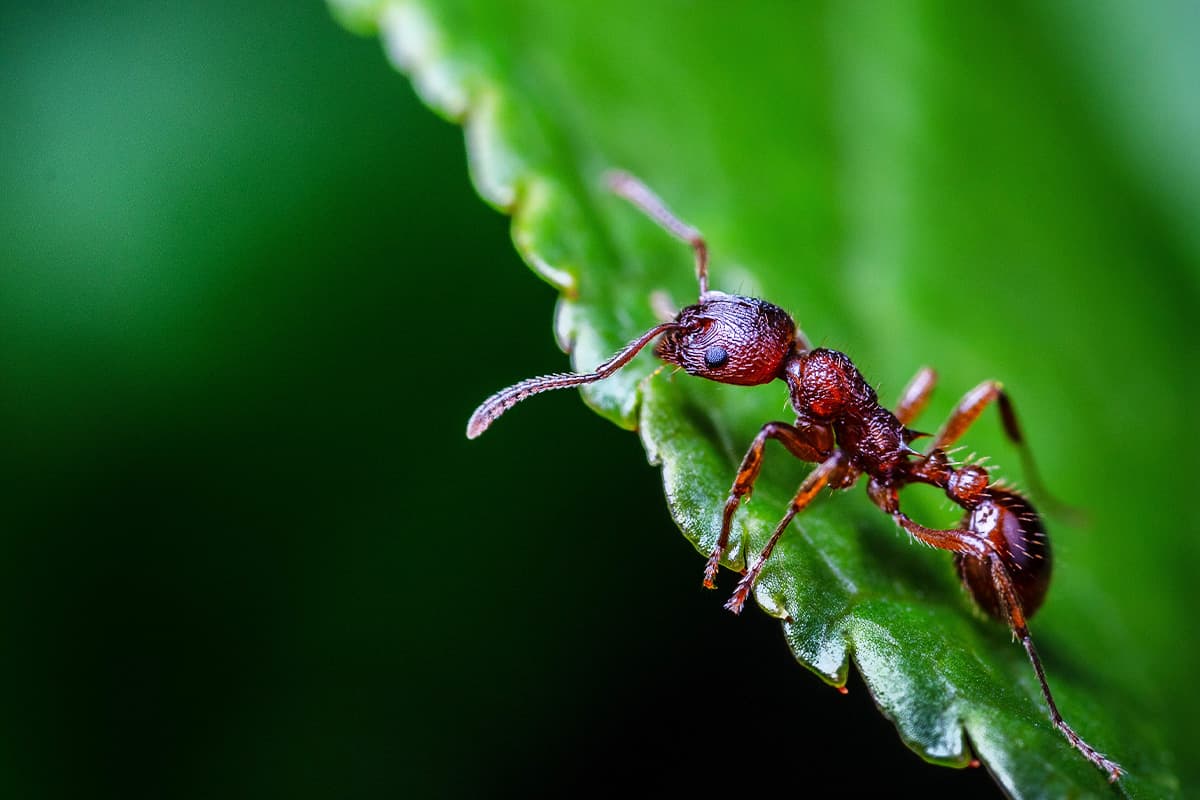You have one of two relationships with leaf-cutter ants.
First, you’re a nature-lover, visiting Costa Rica, as you always do, when it’s a little too cold at home. You’re enjoying the house you don’t own, swimming in somebody else’s pool and enjoying the diversity of foliage in the beautifully-manicured gardens when you notice the neatest thing, a line of ants, several meters long, busily carry what appears to be pieces of some plant into a big hole. Neat! Leaf-cutter ants!
Ok, now you’re the homeowner. It’s your house, your pool and you love going to the local ‘vivero’ to buy some exciting new little plant to add to the gardens that you lovingly preen.
As you’re complimenting your prized papaya tree for producing such fine fruit (they say talking to plants helps them grow), you notice a line of ants that seem to be systematically destroying that adorable new plant that you tucked behind the big fern last week. Nooo! Leaf-cutter ants!
I’m a guy that gardens. It’s another fun way to spend time in nature. My address could easily be (and probably is to people that frequent my dirt road) ‘that house with way too many papaya trees.’ One thing that I’ve found comes with the territory with growing plants in Costa Rica is sharing those plants with the country’s famous biodiversity.
I can tell you, I pay a high white-throated magpie-jay tax for every papaya that successfully makes it into my house. I believe the same notion should be applied to the leaf-cutter ants. The work that they do, cutting plants and taking the leaf material underground to feed a fungus that they eat, can take a high toll on the ornamentals in your garden, but you should let them do their thing.
Also, that might not even technically be the leaf-cutter ants’ fault! Hold on as I blow your mind with two new leaf-cutter ant facts that I’ve learned recently.
First, why isn’t it technically the leaf-cutter ants’ fault that they’re destroying the poor gardener’s special plant? Biologists are beginning to figure out that the fungus is telling the ants which plants it wants to eat. Using some form of chemical communication, the fungus is directing the ants to ‘bring me that big leafy number that the gardener just tried to hide behind the fern.’ So be as mad as you want about the destruction of your garden, but direct it in the proper direction. At the fungus.
As if that wasn’t the best thing that you’ve read about leaf-cutter ants in the last year, I have something even better. I’ll even tell you who told me. Farhan Mitha is a writer for PBS Eons, a natural history program, and he recently accompanied me on a trip to check some camera traps. We were walking in the forest, checking cameras and he dropped this ant history fact on me – Through a study of the leaf-cutter ants’ genome, scientists were able to determine approximately at what point in history the leaf-cutter ants started to farm fungus for food.
That point in history was 66 million years ago. What else happened 66 million years ago? A giant hunk of space rock slammed into the earth, killing all kinds of stuff and kicking debris into the atmosphere that blocked the sun’s rays. During this very fungus-friendly epoch, the ancestors of the leaf-cutter ants started their relationship with fungus.
The meteor that killed the dinosaurs, is the reason leaf-cutter ants cut up leaves and feed them to an underground fungus! That’s nature tidbit of the year for me.
I hope this information brings a little solace to those gardeners out there, sipping their coffee on the patio, reading the Tico Times, watching a line of leaf-cutter ants carry away pieces of their favorite shrub.
About the Author
Vincent Losasso, founder of Guanacaste Wildlife Monitoring, is a biologist who works with camera traps throughout Costa Rica. You can contact him at: vincent@guanacastewildlifemonitoring.com






